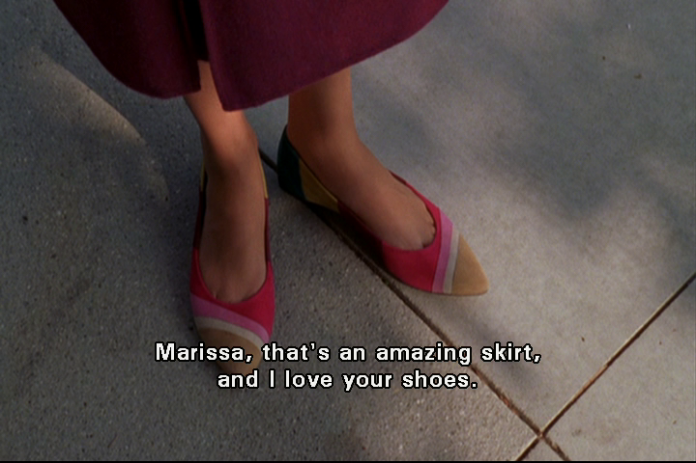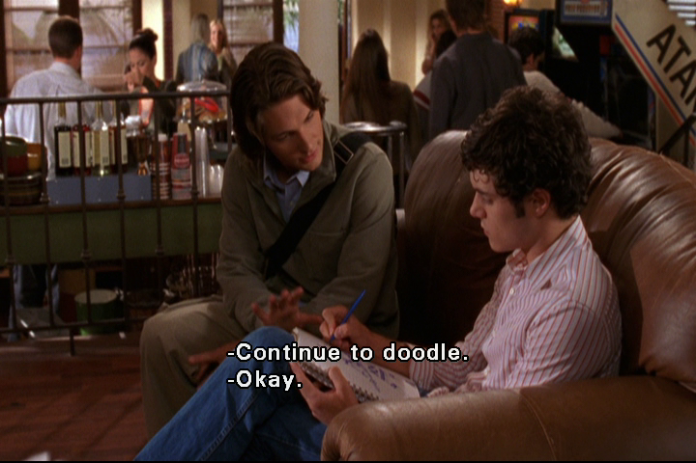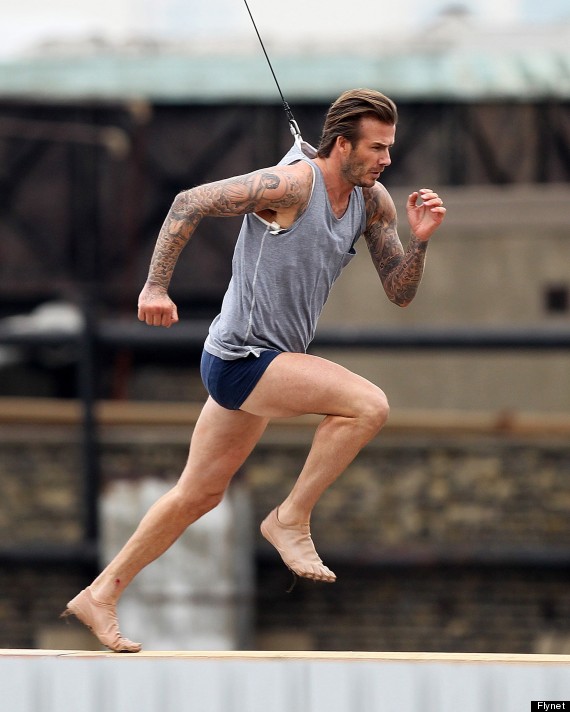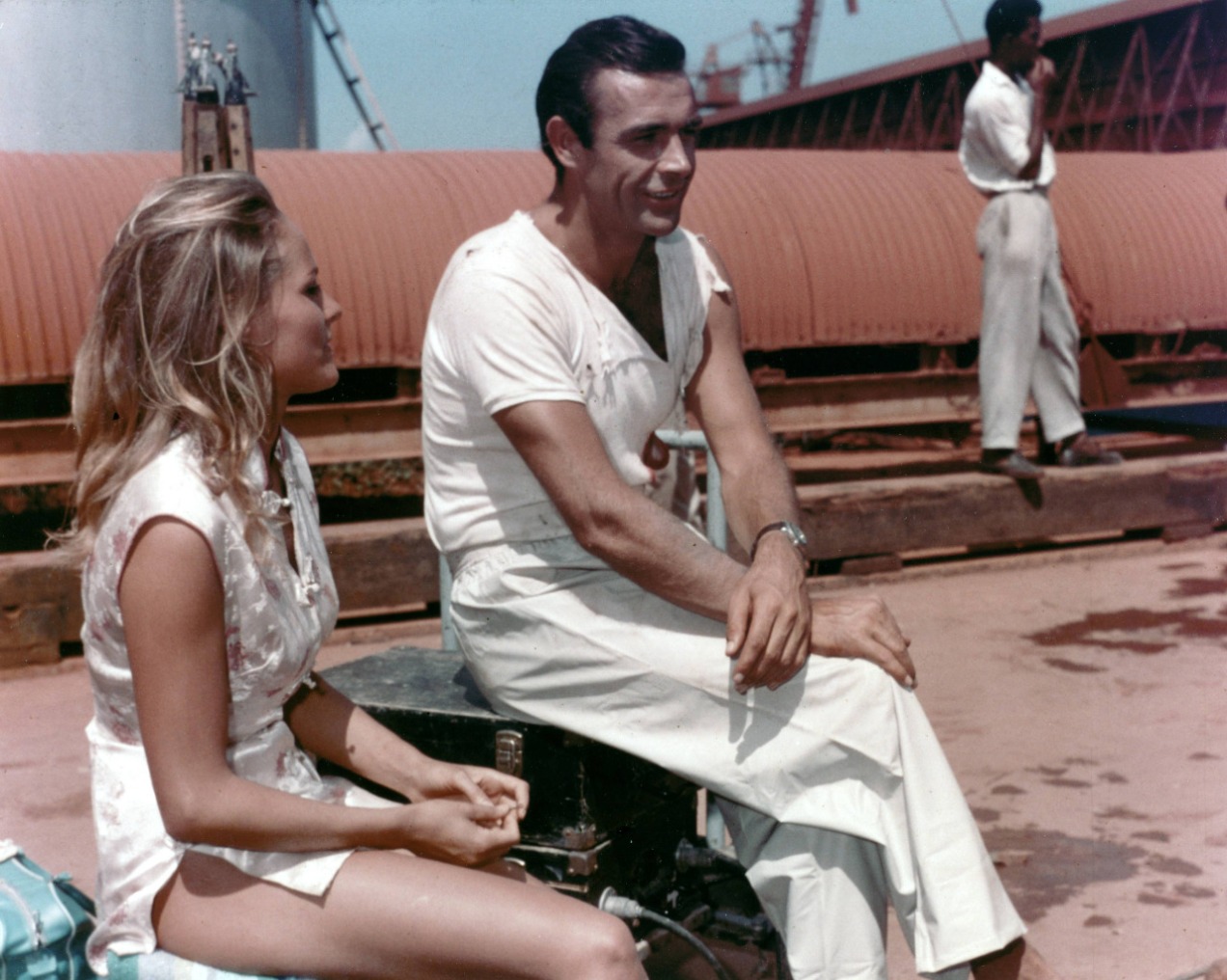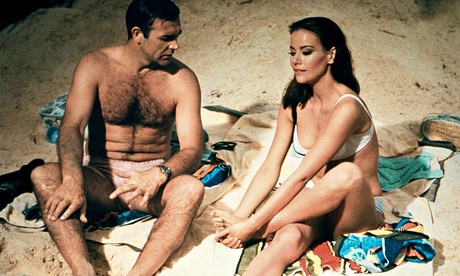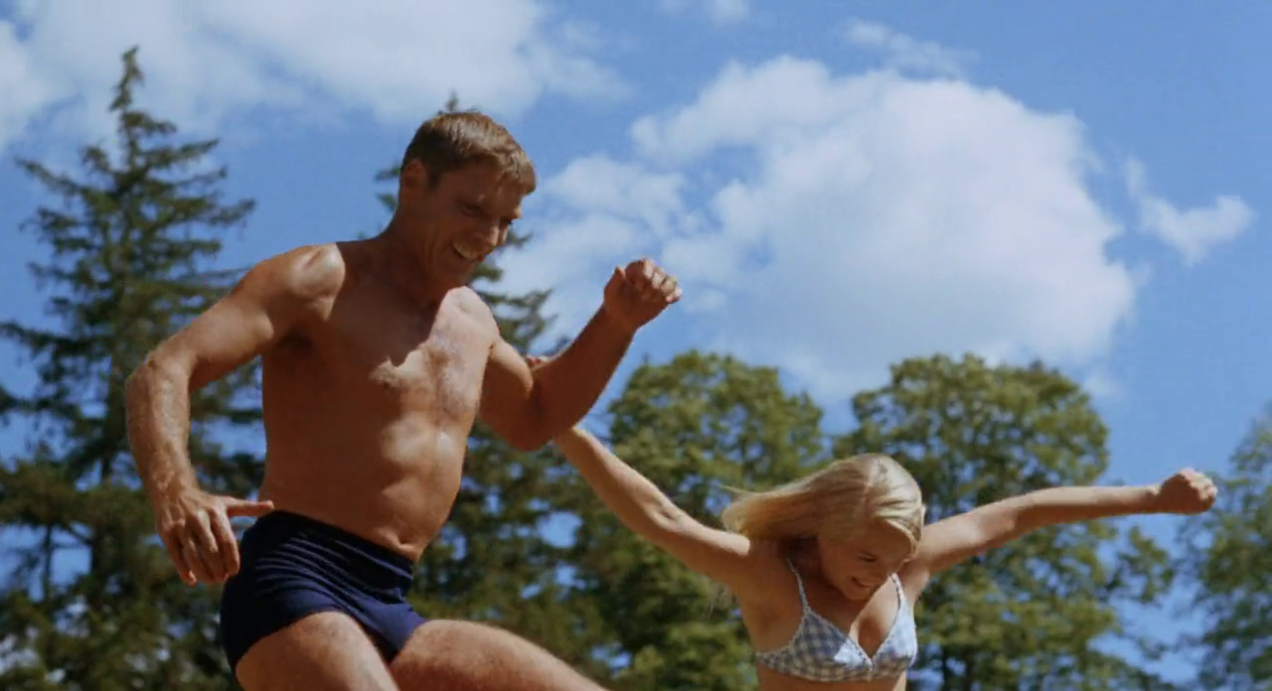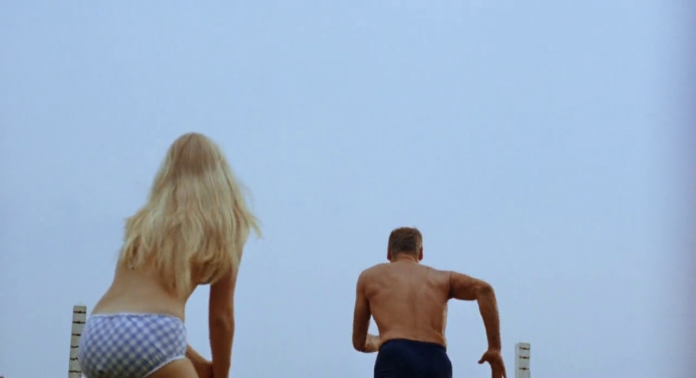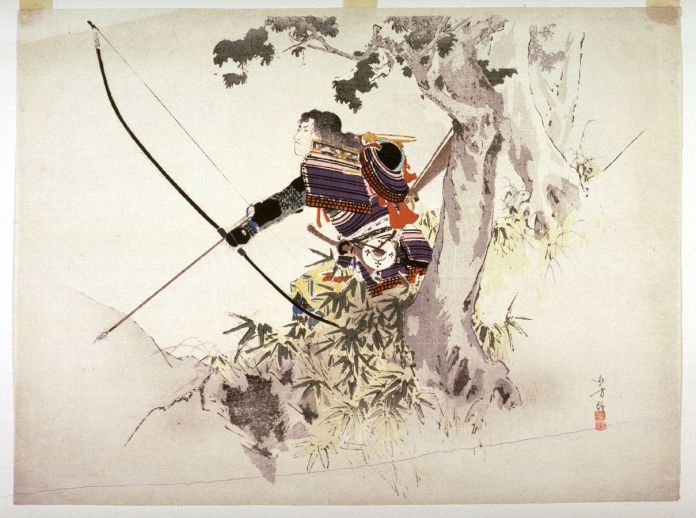“He had done so little artificially to change his appearance, but his expression, Tom thought, was like Dickie’s now. He wore a smile that was dangerously welcoming to a stranger, a smile more fit to greet an old friend or a lover. It was Dickie’s best and most typical smile when he was in good humor. Tom was in good humor.”
The Talented Mr. Ripley, by Patricia Highsmith
The ultimate single-white female: the doppelganger. Needing more than they can provide themselves, destroys another to become them. Sounds like a script, and is in fact the premise of several films, books, and television episodes, as well as a common reality of the everyman.
In these acts of self annihilation turned outward, the first seeks self-confidence, then when their desires are left unfulfilled the doppelganger becomes venomous to the one whose identity they were seeking to possess. Copy-cats are what children call them, while adults say that imitation is the sincerest form of flattery. But when imitation goes too far, the imposter seems too close for comfort. They shoot air pellets at you, but on weekends wear your hand me downs. Words, wears, and where to’s soon become open territory. The thought they never thought of becomes their greatest idea. You then wonder how safe this pearly eyed porcelain doll is. Looking around you see that everyone seems to be someone else if they’re not focused on themselves. In the Age of Apple this has become increasingly probable for young men and women lacking a degree of self satisfaction. Critical? Maybe. But still a necessary fact to confront. Today, even artists and designers, and once taste makers scroll through blogs to help curate their next gallery or fashion show. Instead of starting trends they become the last to follow them. Where brainstorming was, now exists online idea-shopping. Because of this what we find is that looking around, everything that we encounter seems the same, but only slightly different. A vague feeling, but eerie enough to keep us on pins and needles. Only a feeling is sure enough easy to ignore, but that feeling is also listed as a heart attack symptom, authenticity seems a more serious personality trait.

The historical greats, without data plans, lived lives of isolation. Working late enough into the night for candle light to become a second sun. The stories of older generations always have more color, not because of faded Polaroid film, but because they had the time away to cultivate their own life views, away from the watching eyes of others. The others who correct and urge togetherness. The defiance of neediness is what begets authenticity in its firmest stance. So the autonomous authentic is the who develops that rigidness within that allows them to stand on their own, as if a stone deific statue in their private salon.
If other would look within, away from online impulse buys and ratings, they would see what salon within needs furnishing. Ironically, what money cannot buy. There is no way of warding the doppelganger, only keeping more closely the same private salon. A place to preserve development and make new arrangements. The lonely doppelganger, eventually finds a new model figure. While the artisan sculpts himself in his own favor.

Featured Film: Purple Noon, 1960, Dir. Rene Clement


